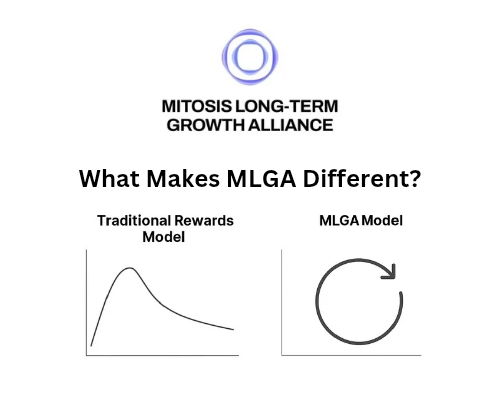🟣 Telo Money: The Lending Layer of Mitosis
As Mitosis evolves into a full-stack programmable liquidity layer, new ecosystem dApps are emerging to expand its functionality across lending, trading, and coordination. One of the latest additions is Telo Money — a decentralized, community-governed money market protocol that enables lending, borrowing, and collateralization natively within the Mitosis ecosystem.
🔗 Visit Telo: https://telo.money
🧩 What Is Telo?
Telo Money is a modular lending protocol built on top of Mitosis' Vault Liquidity Framework (VLF). It enables users to:
- Supply and borrow assets
- Use maAssets, miAssets, or vanilla assets as collateral
- Interact with isolated asset pools to manage risk
- Participate in partial liquidations
- Earn interest from deposited assets
Unlike traditional lending protocols, Telo is designed to complement Mitosis' programmable liquidity stack. It supports modular vaults, on-chain agents, and cross-chain flows — making it a foundational tool for DeFi on Mitosis.
🔄 Three Types of Supported Collateral
Telo supports a broad set of assets for both lending and borrowing, all composable within the Mitosis ecosystem:
1️⃣ maAssets (Matrix Vaults)
- Created by depositing assets into Matrix Vaults
- Tokenized as transferable collateral (e.g.
maETH,maUSDC,maweETH) - Backed by permissionless liquidity provision
- Fully composable across DeFi and dApps in the Mitosis ecosystem
📖 Learn more: Matrix Vaults
2️⃣ miAssets (EOL Vaults)
- Created via EOL (Ecosystem-Owned Liquidity) vaults
- Strategically managed capital by contributors, protocols, or the DAO
- Non-transferable outside the ecosystem, but usable within Telo
- Examples:
miETH,miUSDT,miDAI
3️⃣ Vanilla Assets
- Standard ERC-20 tokens deposited directly into Telo
- Includes native assets like
ETH,USDC,WBTC, etc. - Suitable for users who want to interact with Telo without using vaults
- Easier onboarding path for external users
This tri-layered collateral model increases flexibility and allows users to interact with Telo in whichever way suits their liquidity profile.
🧠 Why Isolated Pools?
Telo uses isolated lending pools, where each asset is segmented from others to limit contagion and manage risk independently. This means:
- Safer market design
- Custom risk parameters for each pool (LTV, interest, liquidation thresholds)
- Easier integration of exotic or experimental assets
This model works particularly well in an ecosystem like Mitosis, where vaults and synthetic assets are actively evolving.
🌱 Governance & Community Ownership
Telo is designed to be community-governed, with decentralized participation over time. While governance details are still emerging, it’s expected to align with Mitosis' framework:
- Stake $MITO to get
gMITO - Vote on proposals to manage parameters, supported assets, and risk configs
- Earn
LMITOrewards for active participation
Governance decisions may eventually expand to include:
- Adding new isolated pools
- Adjusting risk parameters
- Managing fee distributions and protocol upgrades
🔗 Key Links
- 🌐 Telo Homepage: https://telo.money
- 📘 Matrix Vaults (maAssets): docs.mitosis.org/developers/vlf/vault
- 📖 Mitosis Developer Docs: https://docs.mitosis.org
- 🧵 Telo on Twitter: https://x.com/telo_money
🧬 How Telo Fits Into the Mitosis Stack
| 🧱 Layer | 💡 Role |
|---|---|
| Matrix Vaults | Permissionless vaults for maAssets |
| EOL | DAO-owned vaults for miAssets |
| Telo Money | Lending, borrowing, and credit markets |
| Chromo Exchange | Cross-chain AMM for maAssets |
| Hyperlane | Interoperability and messaging layer |
| Theo Matrix Vault | Coordination for external protocols |
| Governance | gMITO / LMITO for decision-making |
🚀 Final Thoughts
Telo is the credit engine powering Mitosis-native lending markets. By integrating maAssets, miAssets, and vanilla tokens into a unified, risk-isolated lending environment, Telo creates a powerful financial primitive for agents, DAOs, and users alike. As the Mitosis ecosystem moves toward mainnet and DAO governance, Telo will be central in unlocking deeper liquidity utility across chains.

Comments ()